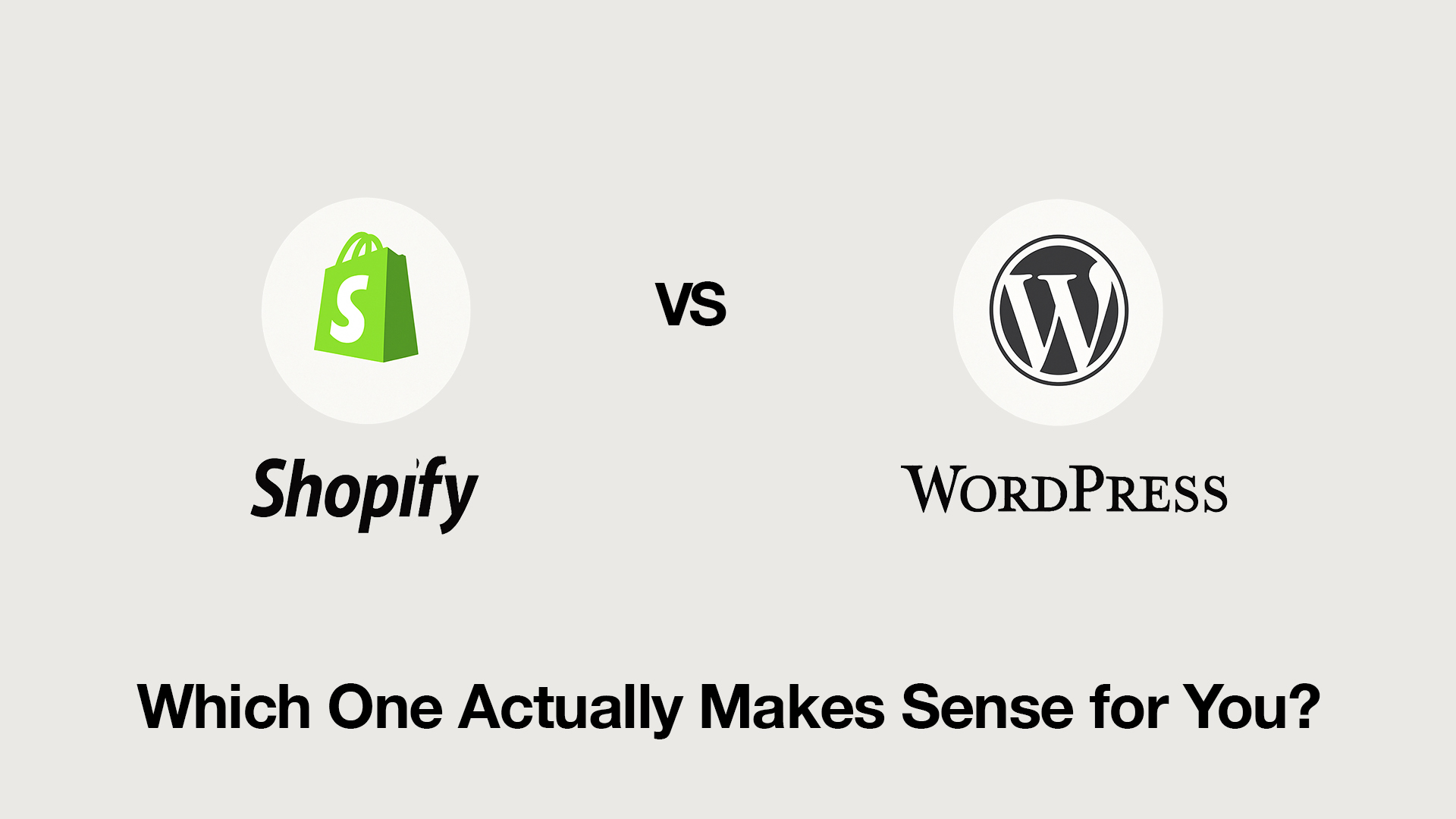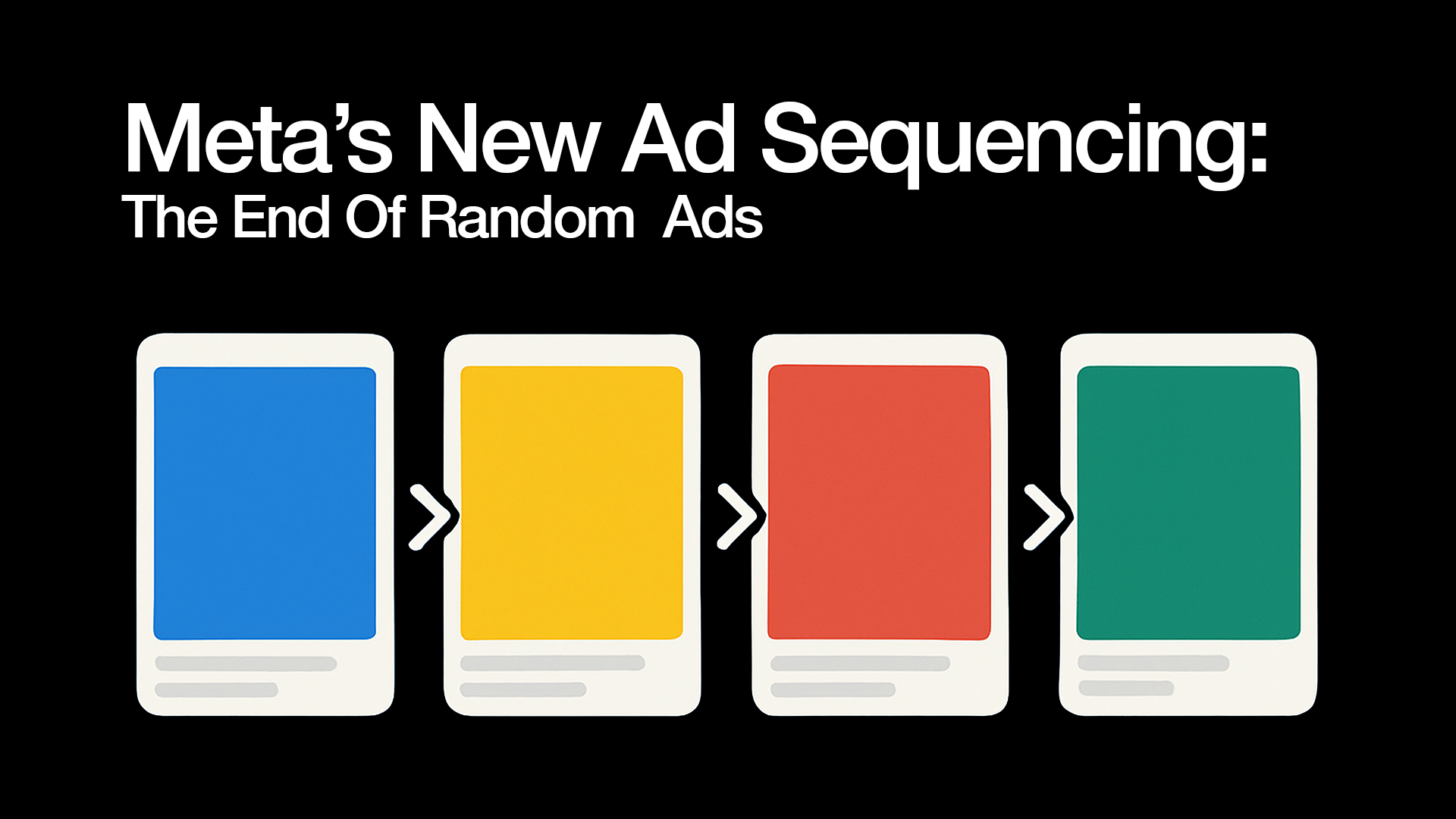Today, publishing content alone isn’t enough. With countless websites competing for attention, your content needs to be search-friendly, relevant, and useful. This is where SEO content writing plays a vital role as it helps your content appear in search results and reach the right audience.
As more people turn to search engines to find answers, make choices, and discover new brands, writing content that aligns with their questions and intent is crucial. SEO content writing combines creativity with research, structure, and optimisation techniques to attract steady, high-quality traffic to your site.
What is SEO Content Writing?
SEO content writing is the process of creating content that is optimised for search engines and targeted keywords while providing genuine value to human readers. It’s not about “writing for Google” but about aligning your content with what people are searching for and how search engines evaluate relevance and authority.
Why Is SEO Content Writing Important?
- Improves Visibility: Optimised content ranks higher on Google and drives consistent organic traffic.
- Drives Targeted Traffic: It brings in users actively searching for what you offer.
- Builds Authority: Publishing helpful, high-ranking content builds credibility and trust.
- Supports Other SEO Efforts: Quality content enhances backlink potential, site structure, and user engagement.
- Brings Leads: By attracting the right audience with helpful content, SEO writing turns visitors into potential customers or clients.
According to Master Blogging, companies that have SEO- optimised blogs have 434% more indexed pages
Key Components of SEO Content Writing
1. Keyword Research
Before writing, understand what your audience is searching for. Tools like Google Keyword Planner, Ahrefs, SEMrush or Ubersuggest can help you:
- Find high-volume, low-competition keywords
- Understand search intent (informational, transactional, navigational)
- Discover related and long-tail keyword variations
Example: Instead of targeting “shoes”, a better keyword might be “best running shoes for flat feet 2025.”
2. Search Intent Alignment
Search intent is the “why” behind a query. Your content should match it precisely.
- Informational: Blogs, how-tos, guides
- Navigational: Brand pages or product categories
- Transactional: Landing pages, product listings
Tip: Google the keyword and analyse the top 5 results to identify content type and structure.
3. Engaging, High-Quality Content
Google’s algorithms prioritise content that demonstrates E‑E‑A‑T, especially for sensitive topics like health, finance, and legal advice. Here’s how you can align with these principles:
- Experience: Content should reflect real-world knowledge or hands-on experience. For example, a skincare blog post written by a dermatologist is more valuable than general advice.
- Expertise: Show your expertise by including author credentials, especially for complex topics. A financial article should have an author with relevant qualifications, such as a certified financial planner.
- Authoritativeness: Content from trusted sources ranks higher. For example, legal advice from a law firm or a health article from a medical institution shows authority.
- Trustworthiness: Ensure accuracy and reliability. Cite credible sources and avoid errors. If AI-generated, disclose this to maintain transparency.
Aligning with E‑E‑A‑T:
- Focus on people-first content that adds value to the reader.
- Include author bios with relevant qualifications.
- Share personal experiences and case studies for credibility.
- Produce original, in-depth content with unique insights.
- Ensure accuracy and transparency, especially with AI or data-driven content.
By focusing on E‑E‑A‑T, you improve your chances of ranking well on Google while building trust with your audience.
4. On-Page Optimisation
SEO content must be technically optimised:
- Title Tag: Include the main keyword early on
- Meta Description: A brief, compelling summary of the content that encourages clicks. It should include relevant keywords while enticing users to visit your page.
- Headings (H1–H3): Use structure and hierarchy
- URL: Keep it short and keyword-focused
- Internal Links: Link to relevant pages to guide users
- Image Alt Text: Improve accessibility and image SEO
Tip: Articles with clear structure and multiple headers get more traffic than unstructured ones.
Common Types of SEO Content
- Blog Posts: Educational, engaging, and great for long-tail keywords. For example, the content you are reading now.
- Landing Pages: Focused on conversion and ranking for specific terms
- Product Pages: Optimised descriptions for eCommerce
- Service Pages: Showcase offerings with local SEO support
- Listicles & Guides: Answer common user questions
- FAQs: Optimise for voice search and featured snippets
How SEO Content Writing Differs from Regular Writing
| Feature | SEO Content Writing | Traditional Content Writing |
| Goal | Rank on search engines and drive traffic | Engage or inform without SEO strategy |
| Structure | Keyword-rich and optimised | May not follow keyword structure |
| Metrics of Success | Rankings, traffic, dwell time, conversions | Readability, brand tone |
| Strategy | Based on search intent and analytics | Based on editorial or narrative goals |
How to Build an Effective SEO Content Strategy
If your content creation has been inconsistent and you’re hoping something will eventually rank, it’s time to move towards a more structured and strategic SEO content approach.
Here are four key steps to help you define and fine-tune your SEO content strategy:
1. Clarify Your Objectives
Begin by identifying your primary goals. Are you aiming to increase product sales via your website? Or is your revenue driven by ads, making traffic and reader retention more important?
Your goals will shape the type of content you should prioritise:
- For product-driven websites, the focus should be on sleek, informative product pages optimised for search engines and conversions. Complement this with valuable blog content that demonstrates use cases or answers common questions, linking back to product pages where relevant (avoid making the blog overly promotional).
- For ad-supported sites, create content that attracts and retains visitors, think long-form articles, engaging videos, or informative guides. The aim is to offer “sticky” content that keeps users coming back.
2. Know Your Audience
Understanding your audience is critical. Use tools like surveys and website analytics to gain insights into your visitors. Consider developing detailed buyer personas—fictional profiles that represent your ideal customers.
Tailor your content based on these personas:
- A B2B site targeting executives might benefit from downloadable white papers or in-depth reports.
- A brand aimed at teens or younger audiences might lean toward image- and video-heavy content with quick, mobile-friendly updates.
3. Create an Editorial Calendar
With clear goals and audience insights, begin mapping out an editorial calendar. This schedule will help you maintain consistency, especially important for blogs and ongoing content production.
Tips for managing your calendar effectively:
- Use tools like Google Calendar or Outlook and share them with your team. Set reminders to keep everyone on track.
- Incorporate recurring themes. Group similar content into categories so it’s easier for users to explore.
- Allow enough time for complex content (like videos or infographics), as these require more planning and editing.
- Avoid planning too far ahead—strategies often shift due to budget, staffing, or marketing changes. A 1–2 month window is usually safer.
4. Analyse and Adjust
Regularly review your site’s analytics to assess performance. Conduct content and SEO audits to identify what’s effective and what needs improvement.
Look at metrics such as page views, backlinks, comments, social shares, and conversions. Your analysis should serve two main purposes:
- Identify what’s working and do more of it. For instance, if videos are outperforming other formats, prioritise video production in your content calendar.
- Update and improve existing content. If a piece is ranking for an unexpected keyword variation, revise it to target that term more intentionally—like updating the title and headers.
Maintaining your website’s health is just as important. Conduct regular assessments of both your entire site and individual pages to ensure continued SEO performance. You can use tools like our free website grader for a quick SEO and visibility check.
Delivering Results
By consistently applying the above strategies, we at Haris&Co have successfully ranked multiple blogs for our clients. Below is a screenshot of one of our recent successes, a blog that ranked #1 on Google for the keyword “top builders in Kerala,” along with its performance report.
Final Thoughts
SEO content writing is not just a box to tick in your marketing checklist, it’s a strategic asset. When done right, it positions your brand as a credible source, improves visibility, and drives long-term organic growth.
At Haris&Co., we don’t just write content, we craft strategies that connect keywords to conversions.
Need help with SEO content that performs? Contact our team today and let us help your business rank, engage, and grow.
Pages You May Like:
Digital marketing agency in Kerala | Digital marketing agency in dubai | Digital marketing agency in sharjah | Digital marketing agency in abu dhabi | SEO company in kerala | SEO company in dubai | SEO company in sharjah | SEO company in abu dhabi







